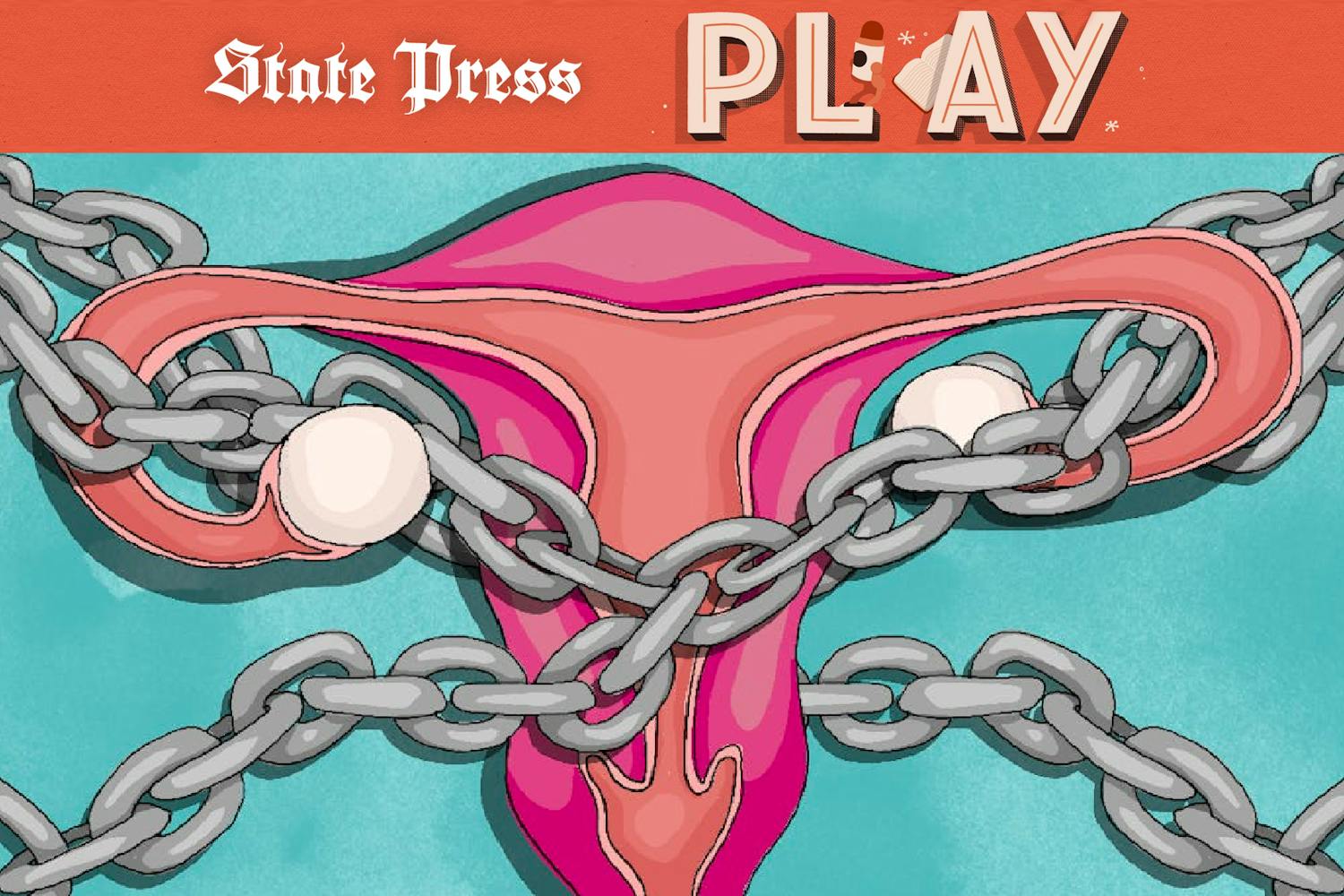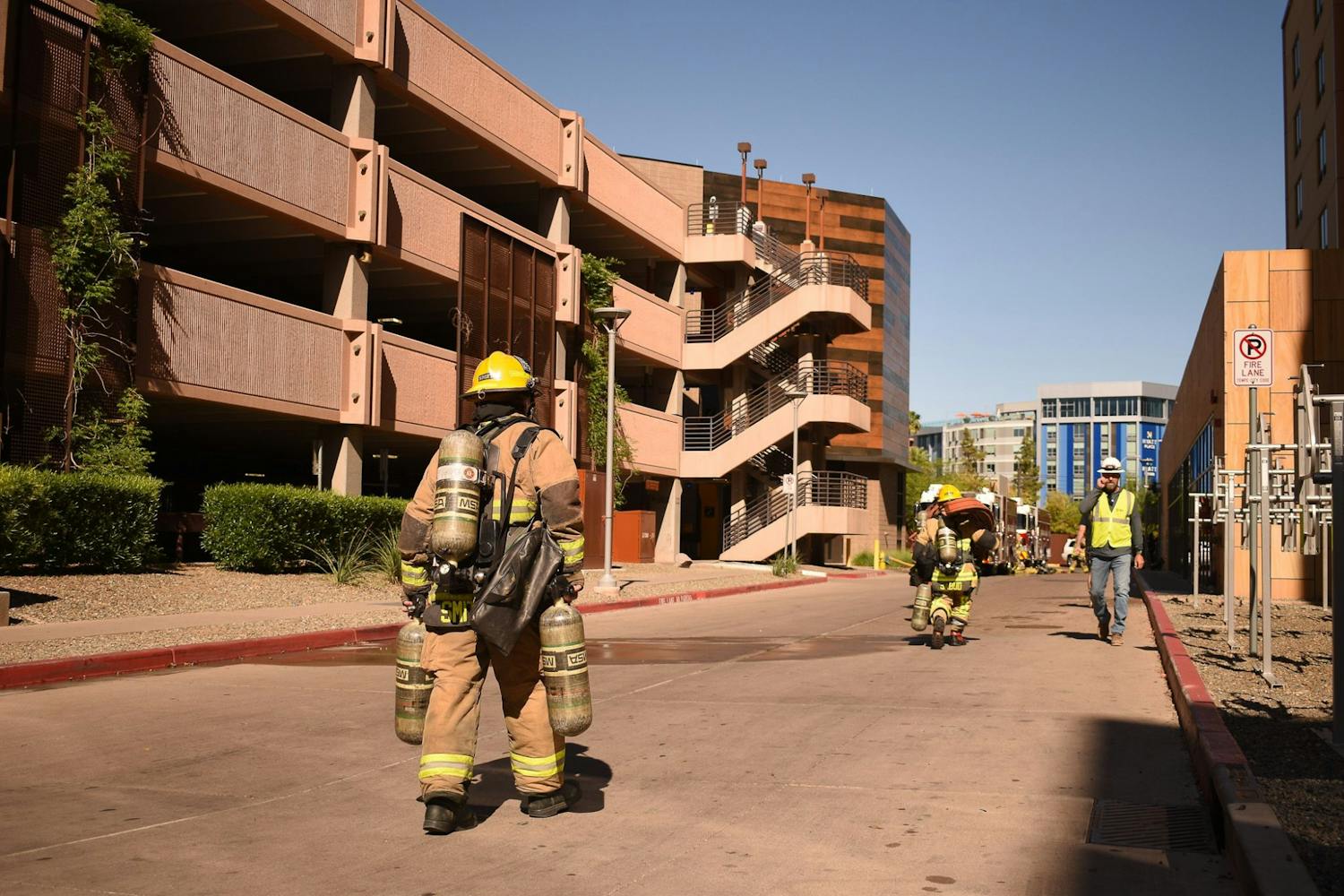Each year, more and more bikes appear on campus. This is inherently a good thing; more parking spaces, fewer oblivious long-boarders. But the constant rise in bicycles comes with a rise in bike rack clutter, as well. It sounds like a rather insignificant thing to mention, but as a bike rider, it’s more important than it seems.
Riding a bike to campus loses its purpose when you’re forced to lock it halfway across campus because all the slots in the rack outside your class are occupied. While no new racks are being installed, so how can the University continue to encourage cycling without further crowding out the racks we currently have?
The solution is the implementation of a bicycle-sharing system on campus that allows students to use a credit card, paid membership card or cash to check out a bike and return it at their leisure.
Bicycle sharing isn’t uncommon. In fact, many major cities such as San Francisco, Denver, Portland and my native Minneapolis have implemented successful bicycle programs. Some wonder if this system will thrive in our campus environment or if it will simply be ignored. Surprisingly, these pay-as-you-bike systems are also common in many universities across the country. USA Today published an article in 2010, saying that bike sharing programs stretch across “Nearly 90 American universities, from New York University to the University of Alaska-Anchorage,” which is a good enough reason to get on board. If it’s working for them, it can work for us.
The only question that needs to be answered is: How much will it cost?
The cost of a bicycle-sharing program largely varies depending on the type of system the community wants to invest in. An entry from a Wisconsin based blog, Over the Bars, explains in detail what these programs are and how the systems work as they push for the implementation of a program in Milwaukee.
In summary, there were at one time four generations of bikes, but the older models are quickly being replaced with more modern systems. Some are so advanced they rely solely on GPS and other functions of your smartphone, to access. But even if a less-advanced bike system, such as the one at UC Irvine were established, the initial cost would be of little importance due to the fact that these systems are self-sustaining.
By utilizing solar panel technology, many companies have created a system that is almost entirely sustainable through solar power with only minor maintenance check-ups being required. As one of the largest universities in the country, and with our strong stance on sustainability, it would almost be irresponsible not to consider such a program for ASU.
If the program took off as it has in other cities and colleges, it would motivate students to purchase a membership to the program, rather than spend more on a new or used bike, which would provide more room for the already large population of bikes.
By implementing a bike-sharing program, we would be encouraging the modern student to embrace a sense of community and enforce the idea that even with something as small as transportation, we still have the power to make a change.
Reach the columnist schergos@asu.edu or follow him at @ShawnChergorsky
Want to join the conversation? Send an email to opiniondesk.statepress@



